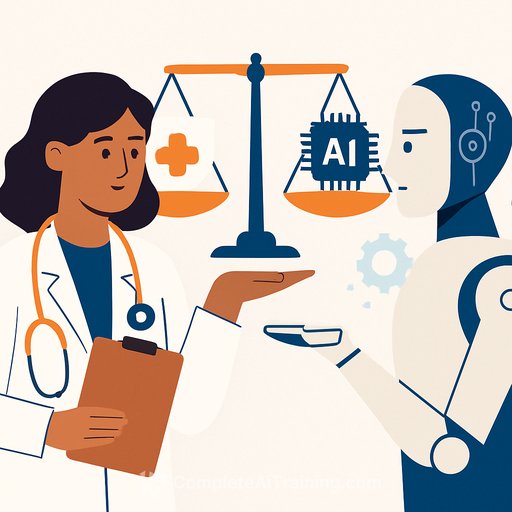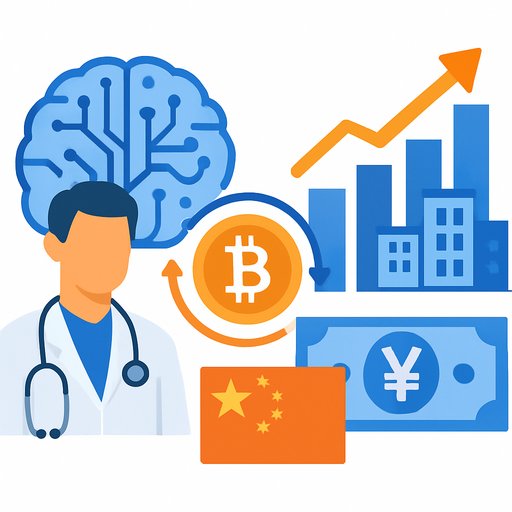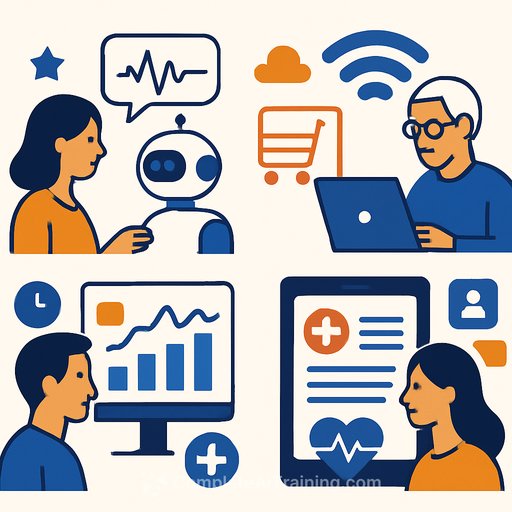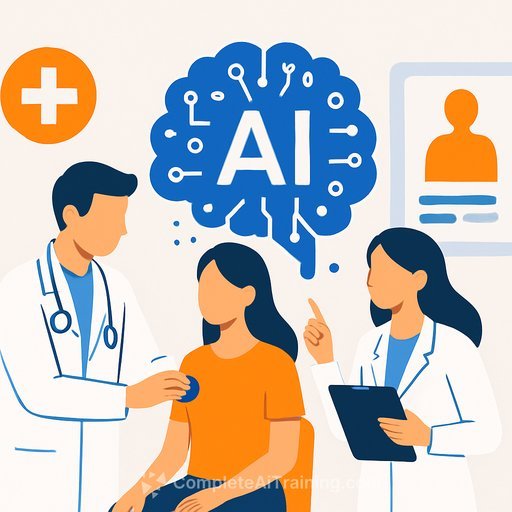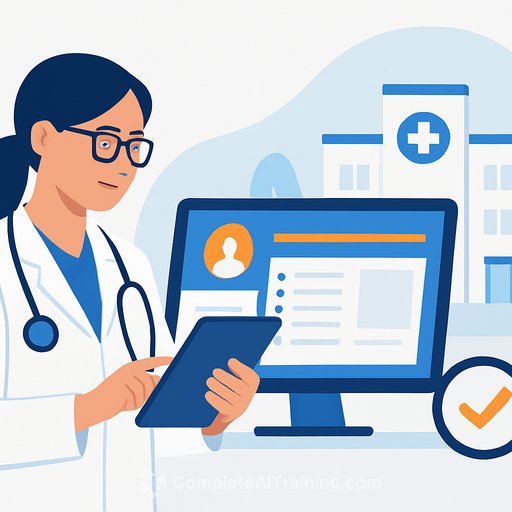When AI Sees, Yet Cannot Judge—Why Health Care Must Remain Human-Led
Artificial intelligence (AI) is becoming a powerful tool in health care, able to detect more than a clinician and respond faster than a team. The question arises: if AI can generate insights and recommend actions, why keep humans involved? The answer lies in the fundamental nature of care. Health care isn’t just about what works—it’s about what is right. Removing humans from the equation removes essential judgment that only people can provide.
Here are five key reasons why full automation should not be the goal in health care.
1. Health Care Risk Is Not Just Technical Risk
AI excels because it lacks sentience: it identifies patterns without bias, acts without fatigue, and reduces technical errors like missed diagnoses. But it cannot carry moral risk. It can’t weigh ethical, relational, or situational harm. Health care decisions require judgment about what should happen, not just what can happen. High-accuracy AI systems have caused harm when they missed context or relied on unchecked assumptions.
2. Context Is Not Always in the Data
AI works with the inputs it gets. Clinicians respond to what is present—and sometimes to what is absent. A patient’s tone, posture, silence, or glance can change the course of care. Technologies that analyze vocal inflection or behavior offer insights, but they remain generalized. The unique, unsaid, and unseen traits of a patient are often only perceptible to human intuition. When context is invisible to AI, it’s excluded from decisions.
3. Trust in Systems Depends on Transparency; Trust in People Depends on Relationships
People trust automation when its rules are clear and consistent. But they don’t trust black-box logic to make deeply personal decisions. Patients want to be seen and want accountability. That trust comes from clinical presence, not interface design. The World Health Organization’s Ethics and Governance of Artificial Intelligence for Health states that explainability and accountability aren’t optional—they are ethical requirements.
4. Failure Still Needs a Human Face
When harm happens, someone must explain why. Machines can’t answer, “Why was this done to me?” They can’t apologize or testify. Someone must own the decision. Accountability demands human presence. Governance frameworks like the Global Strategy on Digital Health 2020–2025 and the NIST AI Risk Management Framework emphasize oversight when outcomes affect human dignity.
5. Automation Is Not Neutral: It Must Be Governed
AI expands to fill any process. Without boundaries, it can silently fail in critical areas. Some tasks can be safely automated; others must remain human-led by design. This distinction requires deliberate decisions. Standards such as ISO/IEC 42001 and the OECD AI Principles call for governance that assigns responsibility in moral contexts. If machines can't bear moral weight, humans must—clinical leaders, boards, and designers. They must ask, “What responsibility do we accept by automating this?” Delegating to AI doesn’t erase ethical complexity; it moves it upstream. When harm occurs, the approver—not the system—is accountable. Proper governance means defining ownership, conducting ethical reviews, and ensuring the capacity to intervene when AI logic surpasses human judgment.
What Leaders Must Do Now
- Rebuild workflows around decision time, not tool access. Clinical safety happens in the space between insight and action. Protect that space. If workflows compress it, redesign them.
- Be honest about where humans are essential and where they are not. Some decisions must have human involvement. Others don’t. This strategic distinction must be clear.
- Train clinicians to use AI and to challenge it. The key skill isn’t just technical fluency. It’s knowing when to accept AI recommendations, when to pause, and when to say no.
- Treat time as a clinical asset. Time is where care happens. It’s not a cost to cut. Design systems to preserve it, especially when stakes are high and complexity cannot be reduced.
These are not just ideals—they are operational imperatives. AI is changing what we see, how we act, and how fast we respond. It speeds up care delivery but adds complexity that can outpace adaptation. Removing the space for human judgment removes judgment itself. What remains is automated throughput—looking like care but missing its core. Clinical judgment unfolds in moments, not milliseconds. Automating those moments out of existence will not improve health care—it will erode the conditions that make care possible.
Your membership also unlocks:

